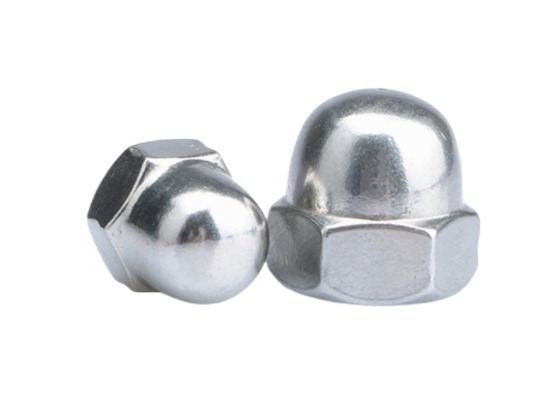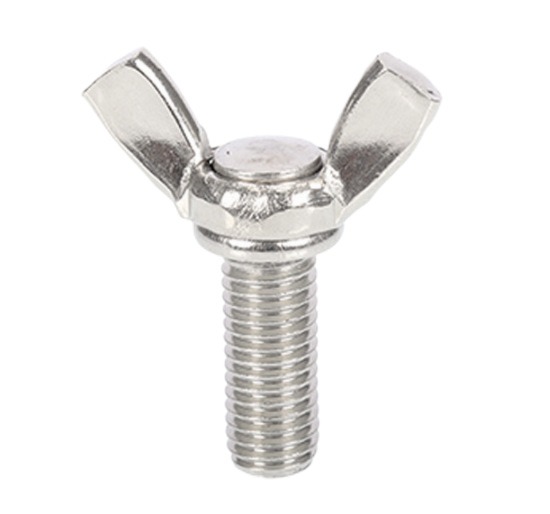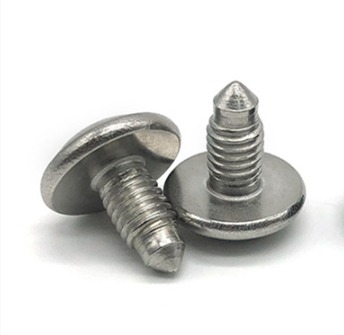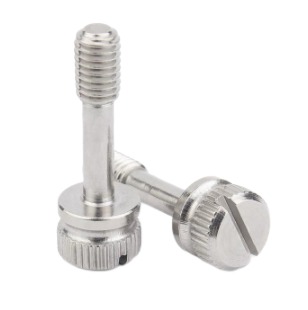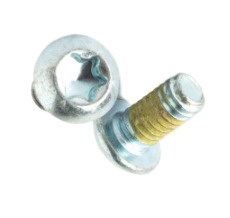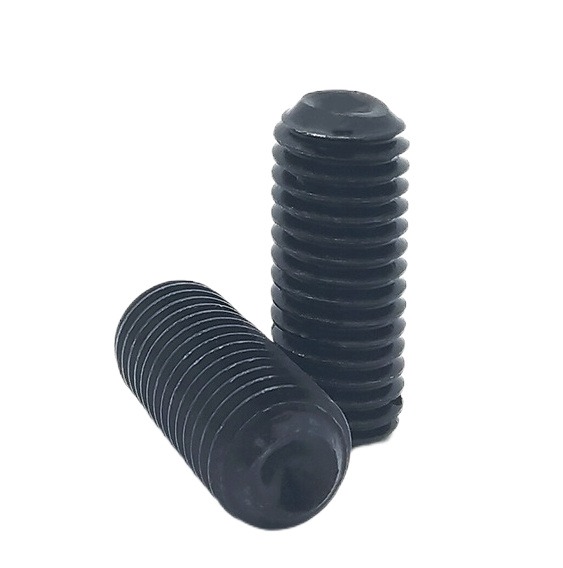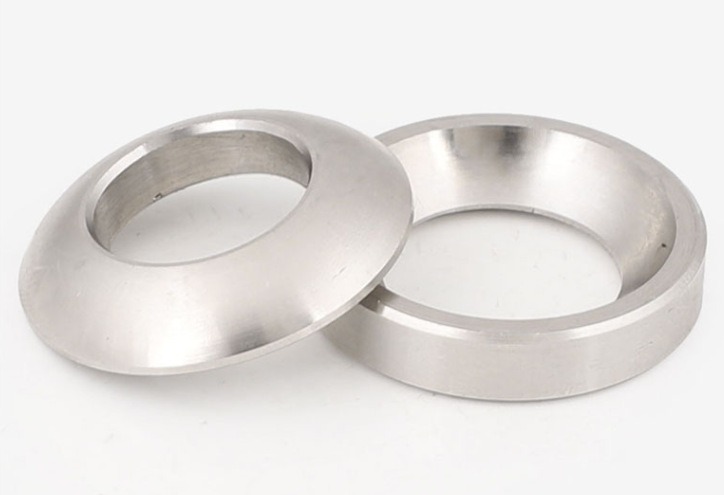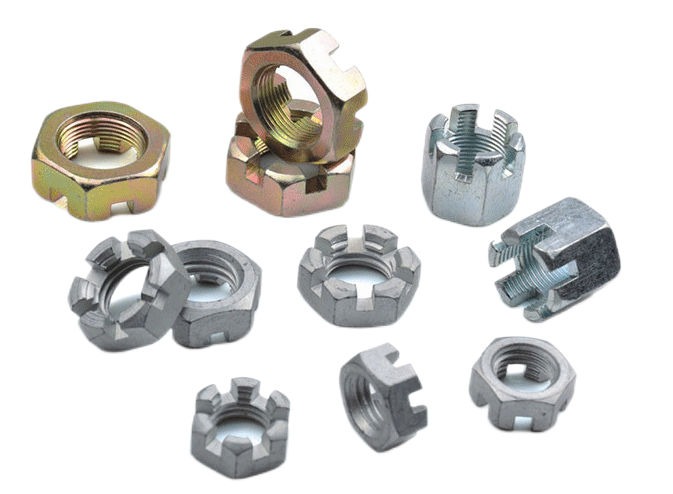How to Select an Injection Molding Machine?
Injection molding is critical in the manufacturing industry, allowing for the creation of a wide range of plastic parts and products. It is critical to choose the correct injection molding machine to ensure efficient production, high-quality output, and cost-effectiveness. However, with so many alternatives on the market, selecting the best equipment can be a difficult undertaking. The purpose of this article is to provide a complete guide on how to select an injection molding machine, taking into account aspects such as machine type, specifications, features, and production requirements.
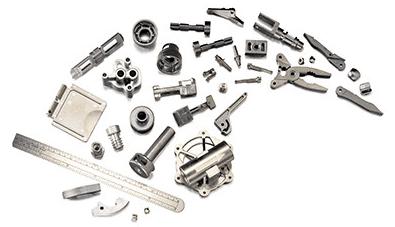
What are the Production Requirements for Using Injection Molding Machine?
Before beginning the equipment selection process, it is critical to understand your production requirements. Consider the type and size of the injection molding parts you wish to make, as well as the production volume, material qualities, and quality requirements.
Which Type of Injection Molding Machine You Need?
There are three types of injection molding machines: hydraulic, electric, and hybrid. Each type has its own set of benefits and drawbacks. Hydraulic machines are well-known for their great gripping force and suitability for large-scale production. Electric machines are perfect for precision molding because they have faster cycle times, fine control, and are energy efficient. Hybrid machines combine the advantages of hydraulic and electric machines, resulting in a better balance of performance and energy usage. Consider the advantages and disadvantages of each type and select the one that best meets your production needs and budget.
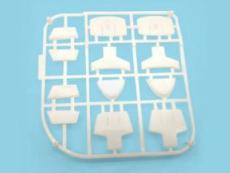
How to Evaluate Specifications of Injection Molding Machine?
Evaluating an injection molding machine’s specifications is an important stage in the selection process. These characteristics influence the machine’s capabilities, performance, and compliance with your manufacturing needs.
Clamping Force
The clamping force of a machine relates to its ability to keep the mold closed during the injection process. It is measured in tons and has a direct influence on the size and complexity of the molds that can be employed. Consider the following factors when evaluating this specification:
Calculate the maximum clamping force required for your particular product or mold. Part size, material qualities, and mold complexity all have an impact on this.
Check that the equipment you choose has a clamping force range that meets your needs. It should have enough force to hold the mold securely during injection without sacrificing part quality.
Shot Size
The largest volume of plastic material that can be injected into the mold during each cycle is referred to as the shot size. The following factors must be considered when evaluating this specification:
Based on the volume of your pieces and the material used, determine the appropriate shot size.
Check that the maximum shot size of the machine is sufficient to meet your production goals without underfilling or overfilling the mold.
If you have fluctuating part sizes or anticipate variations in production requirements, consider the shot size range.
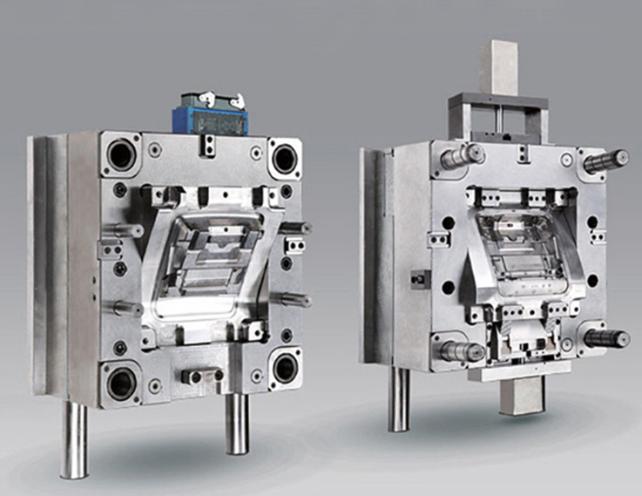
Injection Pressure and Speed
The material flow and filling characteristics are directly influenced by injection pressure and speed. Consider the following variables when evaluating these specifications:
Determine the injection pressure necessary according to the material, part design, and mold complexity.
Examine the machine’s injection pressure capabilities to ensure they meet your production needs.
To obtain optimal fill times and part quality, consider the injection speed capabilities. Higher injection speeds can result in shorter cycle times, although extra considerations such as material viscosity and gate design may be required.
Heating and Cooling Capabilities
Efficient heating and cooling systems are critical for attaining quick cycle times and ensuring optimal melt temperature control. When considering these specs, keep the following in mind:
Consider the heating system of the machine, such as barrel heaters or oil heating, to ensure that it can reach and sustain the requisite melt temperature for your materials.
Examine the cooling system, including water channels and cooling circuits, to ensure that the molds are efficiently and effectively cooled.
If precise temperature control is required for your manufacturing, consider extra features such as mold temperature control units (TCUs).
Other Considerations
In addition to the main parameters given above, further aspects to consider include:
Ejector force and stroke length: Check that the machine’s ejector mechanism has enough force and stroke length to efficiently remove items from the mold.
Tie-bar spacing: Take into account the distance between the tie bars to ensure that it fits your mold size and enables for easy mold installation and removal.
Daylight opening: Examine the daylight opening of the machine to ensure that it provides enough space for mold installation, part ejection, and maintenance duties.
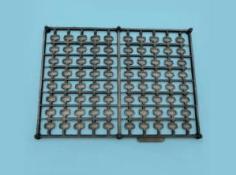
How to Assess Features and Controls of Injection Molding Machine?
The features and controls of an injection molding machine must be evaluated because they have a direct impact on the machine’s functionality, productivity, and ease of use.
Automation and Robotics Integration
Assess the machine’s compatibility with automation and robotics integration, which can boost productivity and efficiency dramatically. Take a look at the following:
Determine whether the machine supports robotic part removal, insert loading, or other automated procedures that are compatible with your production requirements.
Assess the ease with which automation equipment can be integrated into the machine, such as compatibility with common interfaces or the availability of specialized software protocols.
Mold Protection and Monitoring
Advanced sensors and monitoring systems on injection molding machines maintain mold protection and give real-time process data. Examine the following aspects:
Check to see if the machine has sensors for identifying irregularities like excessive pressure, temperature changes, or material discrepancies that could harm the mold or compromise product quality.
Consider monitoring features such as real-time data collecting on process parameters, cycle times, and production statistics.
Consider whether alarm systems or visual indicators are available to warn operators to potential faults or deviations throughout the molding process.
User Interface and Control System
A user-friendly interface and a strong control system help to ensure effective operation, troubleshooting, and overall productivity. Take a look at the following:
Assess the user interface for intuitiveness, ease of navigation, and information clarity. An ergonomic interface with clear visual displays can improve operator performance and prevent errors.
Assess the capabilities of the control system, such as its capacity to control multiple process parameters, create recipes for different molds or materials, and alter machine settings throughout production.
Examine whether the machine has extensive data logging and reporting capabilities to aid in process analysis, optimization, and quality control.
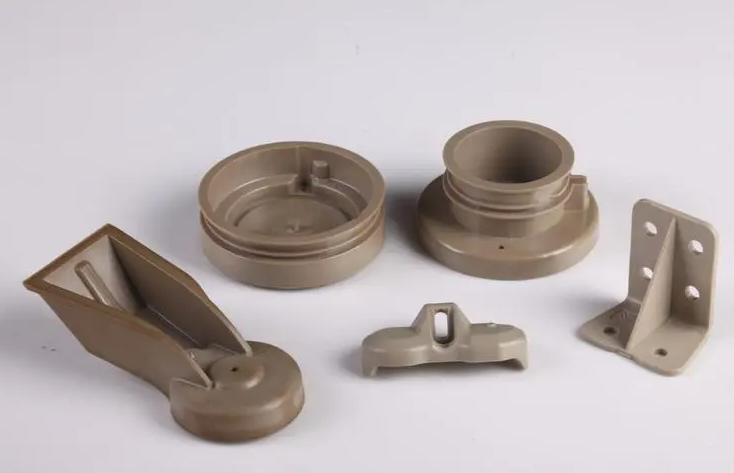
Energy Efficiency
Consider the machine’s energy-saving features to optimize energy consumption and lower operating expenses. Examine the following aspects:
Seek out equipment that uses energy-saving technologies like servo motors, variable frequency drives (VFDs), or regenerative systems.
Assess the idle and standby modes of the equipment to reduce energy usage during non-production periods.
Check to see if the machine has energy monitoring or tracking facilities to aid in the analysis and optimization of energy usage.
Maintenance and Serviceability
Assess the machine’s features that make maintenance and service jobs easier, as well as the manufacturer’s availability of technical assistance. Take a look at the following:
Evaluate the ease of cleaning, maintenance, and replacement of critical components such as screws, barrels, and nozzles.
Check to see if the machine has self-diagnostic features that aid in troubleshooting and problem detection.
Assess the manufacturer’s technical support, replacement parts, and maintenance instructions to ensure fast assistance when needed.
Safety Features
Evaluate the machine’s safety features to ensure operator safety and adherence to safety regulations. Take a look at the following:
Check for safety features such as emergency stop buttons, safety gates, and interlocks that limit access to hazardous locations while the machine is in operation.
Assess the presence of safety monitoring systems, which identify abnormal circumstances or malfunctions and initiate appropriate action.
Evaluate the machine’s adherence to applicable safety requirements and certifications.
Summary
Selecting the right injection molding machine requires careful consideration of production requirements, machine type, specifications, features, and so on. You can make an informed decision that corresponds with your production goals, assures high-quality output, and maximizes operational efficiency by properly choosing equipment for the processes of injection molding.

